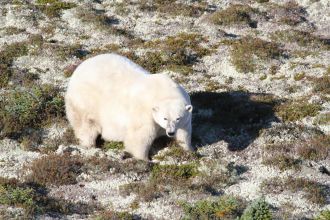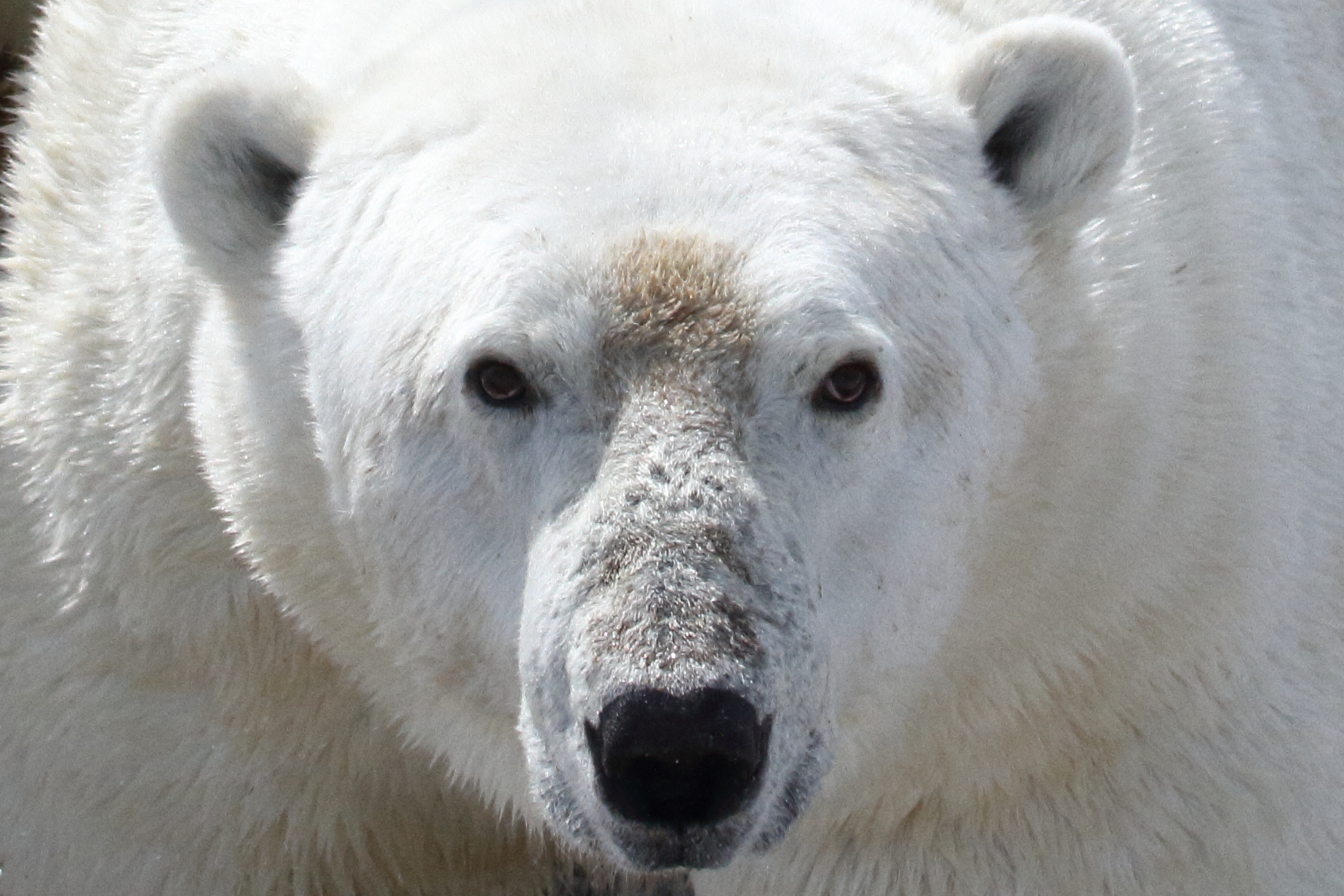Media release
From:
Polar bears at risk of starvation *IMAGES & VIDEOS*
Polar bears may be at risk of starvation during Arctic sea ice-free periods, when they are forced to find food on land — despite their ability to adapt their diets, hunting and foraging behaviours — suggests a Nature Communications paper. The findings, based on data from 20 polar bears, provide new insights into how these apex predators may struggle to cope with longer ice-free seasons owing to climate change.
The Arctic is experiencing rapid declines in sea ice with ongoing climate change. Between late spring and early summer, polar bears use the sea ice as a platform to primarily hunt seals when they are birthing and weaning their pups. During ice-free periods, bears are thought to minimize their activity to conserve energy, and either fast or consume low energy vegetation on land, although some individuals have been documented to feed on land animals. In the western Hudson Bay, Manitoba, Canada, the ice-free period has increased by 3 weeks from 1979–2015, keeping bears on land for approximately 130 days during the past decade.
Anthony Pagano and colleagues used GPS trackers to follow 20 polar bears during the Arctic sea ice-free period (August to September) between 2019–2022 in the western Hudson Bay. The authors monitored their daily energy expenditure, changes in body mass, diet, behaviour and movement. They found that the polar bears chose different strategies to reduce energy loss, including fasting, reducing their movement, and eating berries and birds. These strategies were independent of age, sex, reproductive stage (pregnant females were included) or initial fat levels. The authors suggest that there is little benefit from foraging on land toward prolonging the predicted time to starvation, as 19 of 20 bears lost mass.
As sea ice continues to retreat, understanding these adaptive behaviours is critical for conservation efforts aimed at supporting polar bears in a rapidly changing ecosystem, the authors suggest.
Multimedia





 International
International


